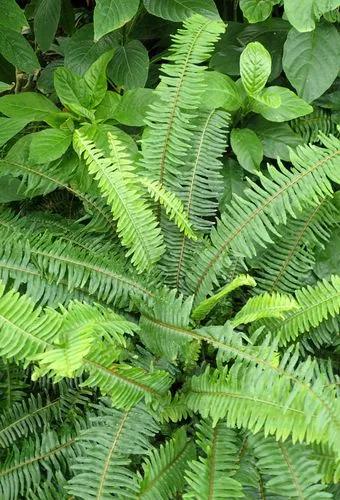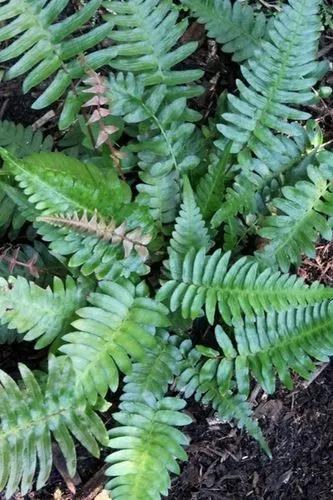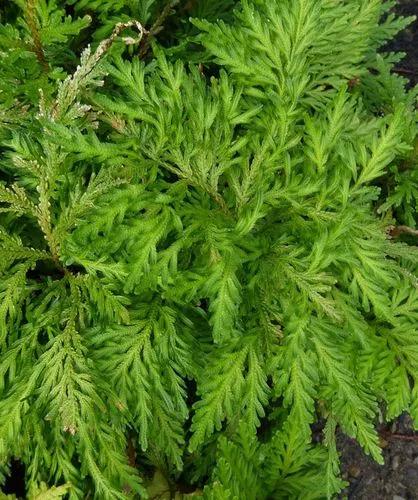A simple yet stunning plant with unique foliage. It is guaranteed to bring a splash of tropical to any garden.
Indian holly fern Care
Arachniodes



Arachniodes is a fern genus composed of 80 species commonly known as “holly ferns”. These are slow-growing evergreen terrestrial ferns with long-creeping rhizomes that thrive in tropical to temperate regions.
Indian Holly Fern or East Indian Holly Fern are names usually adopted to refer to some species of this genus, characterized by a gold or yellowish-green stripe down the midrib that contrasts with its thick bright green glossy fronds (leaves), allowing easy identification. Fronds are divided into segments, the number of which varies between species, and usually display toothed margins.
This Fern is low maintenance and is sought after by its foliage, which provides great exotic and ornamental value.
How to Care for the Plant

Water

The substrate should constantly be kept moist to ensure the Holly Fern is happy. Water when the soil begins to dry and avoid standing water, as this will lead to plant death.

Pruning

Indian Holly Fern doesn’t usually grow above 18 inches (46cm) tall, so pruning should only be employed to remove dead or damaged parts.

Fertilizer

Fertilization is not mandatory for this plant.

Sunlight

This plant thrives in full to partial shade and should be kept sheltered, especially from harsh direct sunlight.

Soil

This plant can tolerate most soil types, from sandy to clay and chalky. Just make sure it is well-drained but still able to retain water. Neutral soil (6.5-7.5pH) is ideal, although it can endure all pH levels. In the fall, spreading a layer of mulch for protection is advised.

Propagation

Propagate by division, preferably in spring when the plant is actively growing. This kind of Fern is an easy-to-spread plant and, if not contained in a pot, tends to spread on its own.

Temperature

Temperatures should mimic the Fern's natural habitat. It prefers warmer climates and grows best at 60-70°F (15-24°C). However, this plant can tolerate temperatures as low as 50°F (10°C) for short periods of time.

Container

Holly Fern feels comfortable in a pot that is slightly larger than its root system and has good drainage.

Fun fact

The rhizomes of this plant have been used in traditional medicine to treat snakebites. It was boiled in water to create a decoction and applied topically to the bite wound afterward.

Popularity

31 people already have this plant 7 people have added this plant to their wishlists
Discover more plants with the list below
Popular articles






